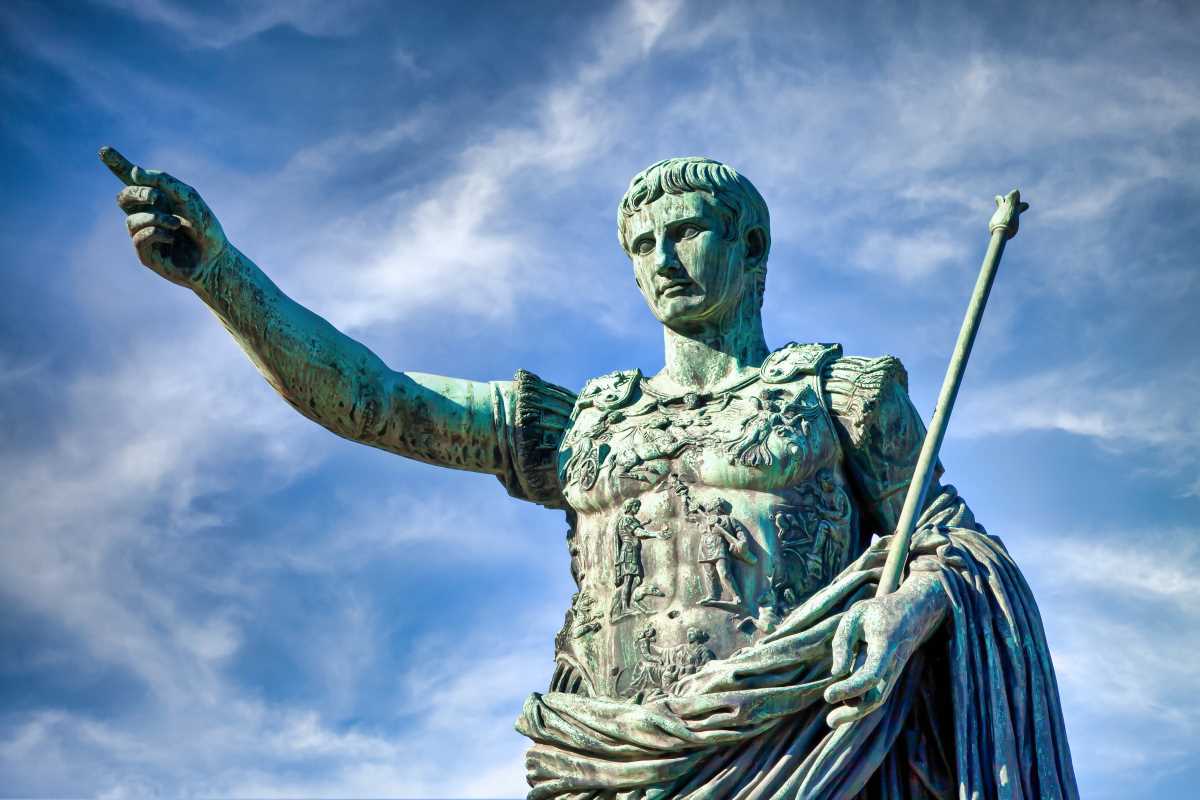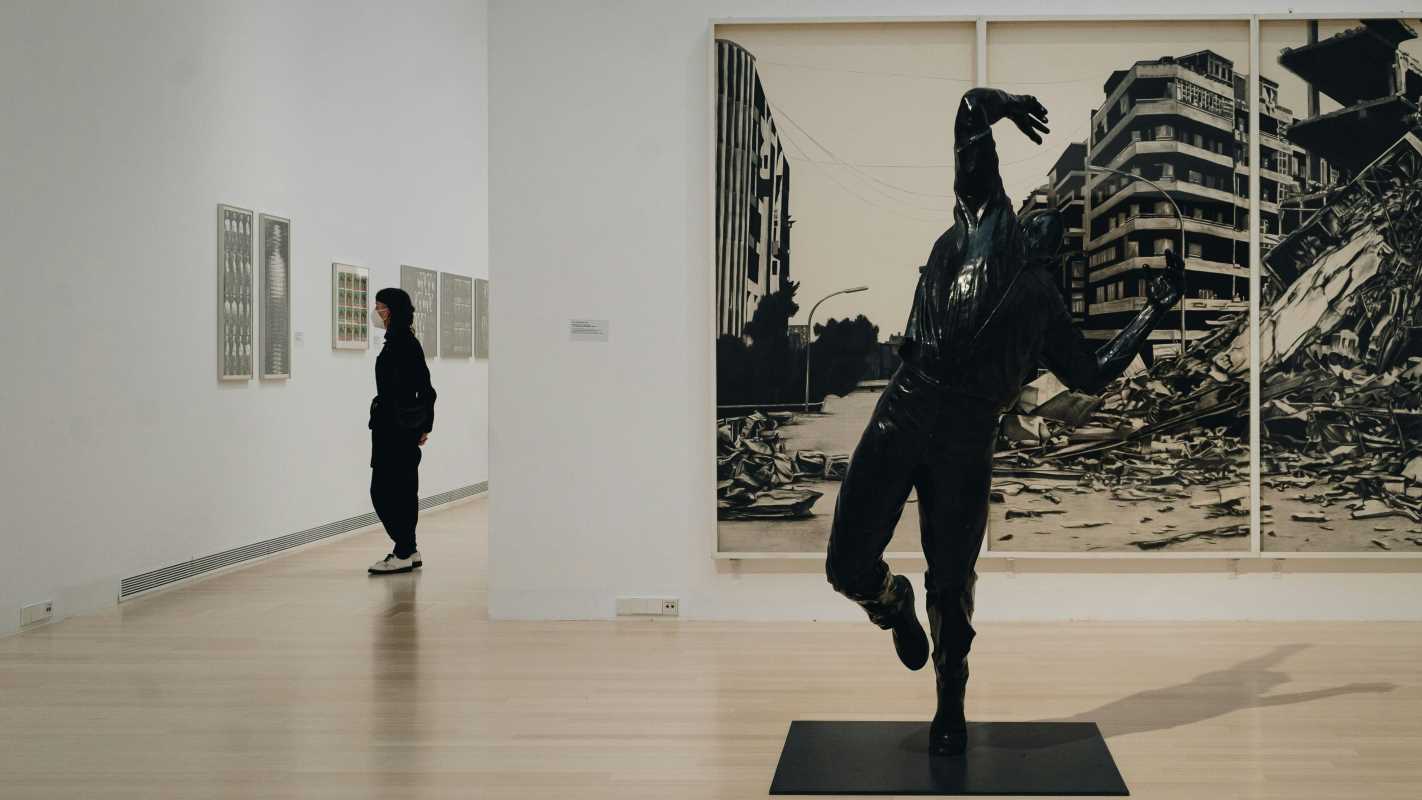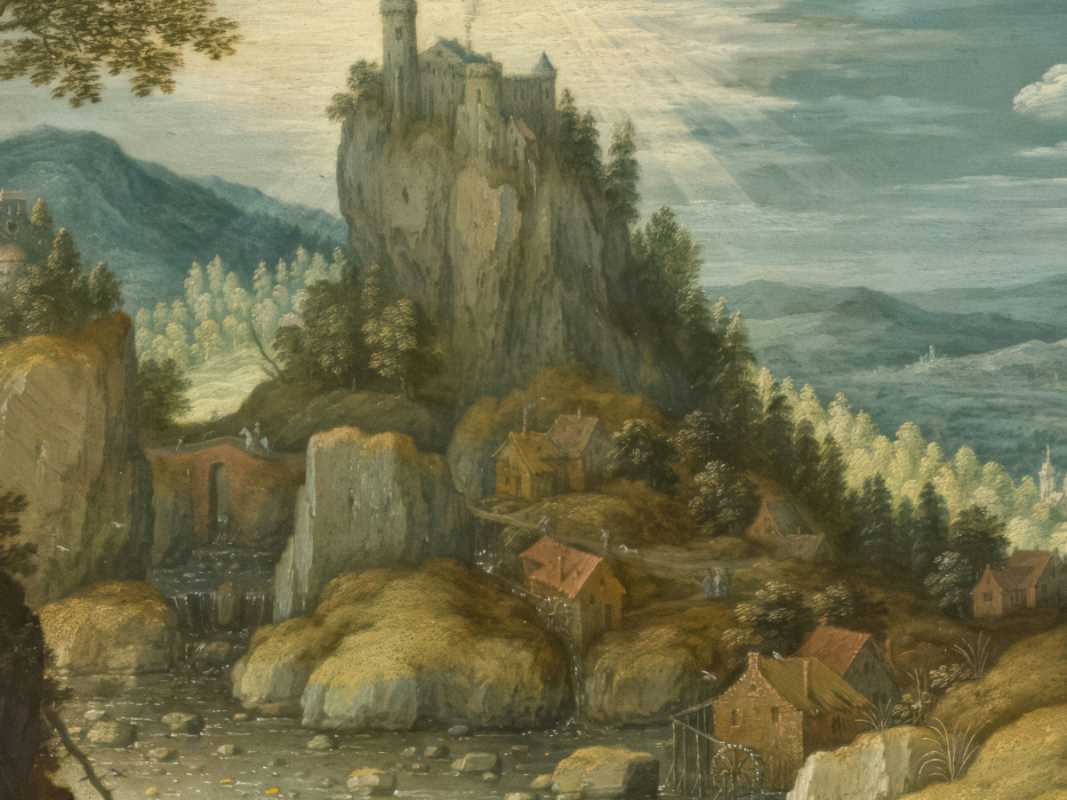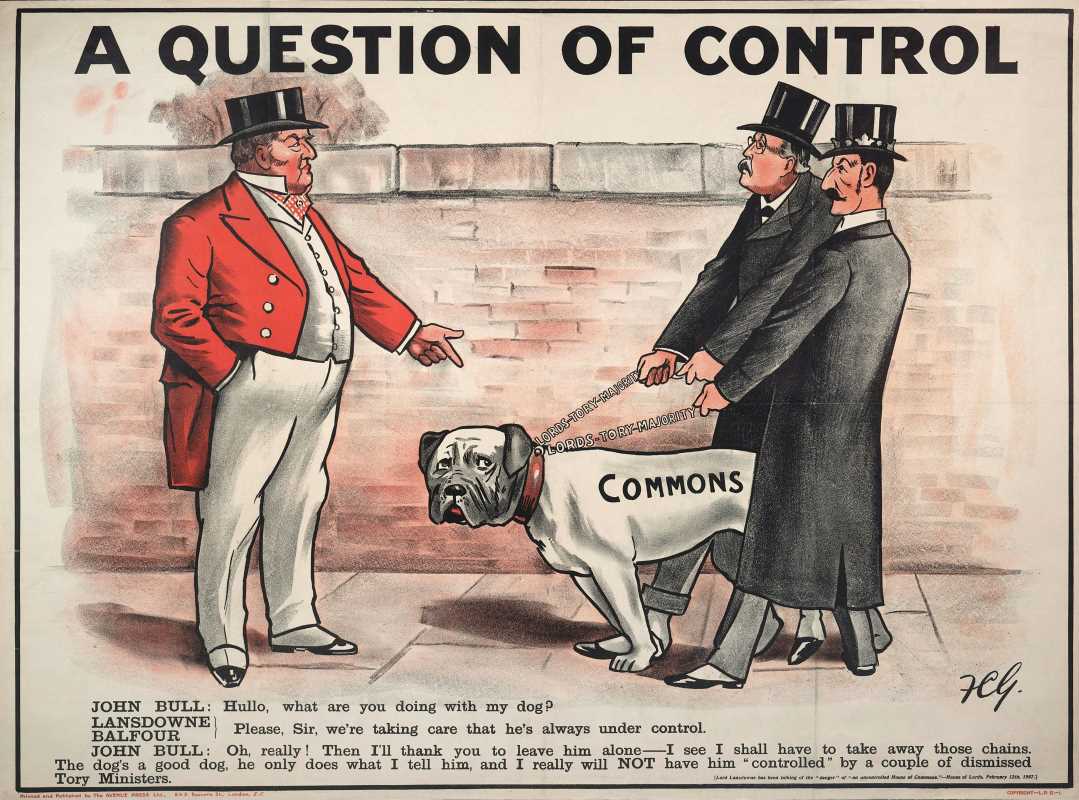Art has always served as a powerful medium for understanding the values and aspirations of societies, and artwork created to celebrate Independence Day is no exception. Through the use of symbols, colors, and themes, Independence Day art conveys profound ideas about freedom, unity, and national identity.
From classic depictions of historic moments to imaginative reinterpretations of patriotic themes, these works not only celebrate a nation’s independence but also reflect the emotions and struggles tied to its continued growth. Independence Day artwork holds up a mirror to cultural aspirations, inviting viewers to explore what independence truly means.
Freedom as a Central Narrative
Freedom lies at the heart of Independence Day art, shaping its most enduring and celebrated symbols. The American flag, with its stars and stripes, is one of the most recognizable icons of liberty. Representations of the flag in artwork often reflect different periods of history and changing ideas about what freedom entails. From Jasper Johns’s abstract interpretations to traditional imagery on Independence Day posters, the flag speaks volumes about collective identity and the sacrifices made for independence.
The Liberty Bell is another popular symbol used in artwork commemorating Independence Day. Artists frequently depict it as a fractured but enduring emblem of freedom, reminding viewers of the resilience required to sustain independence. The crack becomes a metaphor for imperfections within any society, urging vigilance in guarding liberty against threats both internal and external.
Images of fireworks exploding in the night sky are also synonymous with Independence Day celebrations. Beyond their festive appeal, fireworks in paintings and posters often symbolize the explosive energy of revolutionary change and the breaking of oppressive constraints. These dynamic visuals embody the triumph and exhilaration of gaining freedom.
Throughout history, portrayals of freedom in Independence Day artwork have not been confined to symbols alone. Artists often incorporate figures like the Statue of Liberty, personifying freedom as a guiding light for future generations. These images encourage viewers to reflect on their responsibilities as inheritors of this hard-won independence.
Unity Through Shared Symbols
While freedom is foundational, unity emerges as a vital theme in Independence Day art. Celebrating independence inherently acknowledges the collective efforts required to achieve and maintain it. Public murals, sculptural installations, and celebratory posters often use symbols of togetherness to emphasize that strength lies in unity.
The eagle, a prominent feature in much Independence Day art, represents the collective spirit of the nation. Majestic and soaring, it signifies not just freedom but a shared sense of purpose. Artists frequently depict eagles clutching olive branches or arrows, showing a balance between peace and the vigilance needed to protect sovereignty. Through the eagle, Independence Day artwork explores the intricate ties between unity and power.
Other artworks depict rugged landscapes that span mountains, rivers, and plains to symbolize the vastness and diversity of a nation. These scenes celebrate the uniting of states and their unique contributions toward one overarching identity. Such works often invoke a sense of pride and gratitude for the land itself as a common bond.
Quilts and patchwork designs are another motif used by artists to represent unity. Each piece of fabric in a quilt symbolizes a distinct community or culture. When brought together, they form a harmonious whole, reflecting the idea that a nation’s strength comes from its diversity and inclusivity.
Memorial-themed Independence Day art often dictates a unifying mood, honoring those who fought for freedom. Military monuments and paintings of soldiers, whether set in 1776 or modern times, emphasize shared sacrifices and the gratitude owed to those who guard national unity and independence.
These elements consistently remind audiences that independence succeeds when unity thrives.
Reflections on Historical Foundations
One of the most thought-provoking aspects of Independence Day art is its capacity to explore the historical events that gave rise to national independence. These works remind modern viewers of the struggles, debates, and pivotal moments that ultimately shaped a nation.
Paintings of the signing of the Declaration of Independence, such as John Trumbull’s iconic depiction, are among the most famous examples of historical reflection. These works capture the drama and gravity of the moment while spotlighting the individuals whose ideas helped create a foundation for liberty. Trumbull’s careful detail emphasizes the unity and diversity of thought that characterized the drafting of the declaration.
Other artists focus on pivotal moments of conflict, such as battles or protests. Works depicting revolutions often highlight themes of resilience. Through compositions crowded with figures in action or accented in dramatic lighting, such pieces capture the trials involved in securing liberty. This violent yet essential history is rendered to remind viewers of the sacrifices underlying freedom.
Historical symbolism also extends to common objects, such as quills, scrolls, and musketry, often incorporated into Independence Day art. These objects establish a tangible connection to the people and tools that shaped the course of history. By offering visual representations of these historical icons, artists encourage audiences to contemplate the profound transformation they represent.
Modern interpretations of historical events give new life to these foundational moments. Some artists use abstract or minimalist styles to reinterpret these milestones, inviting introspection and dialogue on what independence means in contemporary times.
Cultural Influences and Evolving Perspectives
Each era and community brings its own narrative to Independence Day artwork, infusing new ideas and cultural influences that evolve its meaning. Over time, a wide array of voices has expanded the way independence is portrayed and celebrated within art.
Indigenous artists, for instance, have offered perspectives that reflect the complexities of independence. For many, Independence Day represents a time to reckle with the loss of sovereignty and culture. Works by indigenous painters, sculptors, and muralists often explore these nuances, blending the promise of freedom with calls for justice and recognition.
African American artists have also enriched Independence Day art with powerful reflections on the intertwined struggles for national and personal freedoms. Pieces like Aaron Douglas’s murals adopt both historical and hopeful tones, linking Independence Day celebrations with broader movements toward equality. These works contribute essential layers to an ongoing conversation about the reach of liberty.
Popular culture, too, continues to shape how Independence Day is reimagined. Comic book art frequently portrays superheroes fighting for ideals of truth, justice, and freedom. These modern myths connect familiar themes of independence with dynamic, relatable characters, imbuing the holiday with a sense of timeless possibility.
Recent years have also seen greater experimentation with media in Independence Day art, from digital installations to augmented reality experiences. These works celebrate independence through innovative lenses, reflecting the technological advancements and cultural shifts of the present day.
Independence Day Art as a Call to Action
Independence Day art is more than a celebration of the past. It serves as a call to preserve the principles of liberty for future generations. By evoking freedom, unity, and history, these works prompt viewers to reflect on the unfinished work of independence and how they can contribute to its continued development.
Contemporary artists often use their work to highlight issues like voter suppression, systemic inequality, or climate justice, drawing direct connections between today’s freedoms and tomorrow’s challenges. Independence Day becomes a reflection not only of what has been achieved but of what remains to be done.
The interactive nature of some Independence Day art reinforces this idea of collective responsibility. Public installations that encourage audience participation, such as writing personal commitments to liberty or adding to a mural, foster a sense of ownership and involvement. Such projects remind people that independence lives on in daily acts of engagement.
Independence Day art also poses challenging questions about representation. Who gets to define freedom? Who are the voices still waiting to be heard? By exploring these themes through inclusive and imaginative interpretations, artists ensure that the meaning of independence evolves along with the society it serves.
A Lasting Symbolic Legacy
Symbolism in Independence Day artwork serves as a compelling narrative thread, weaving together the nation’s triumphs, conflicts, and aspirations. Whether through timeless icons like the flag or innovative contemporary expressions, this art captures the essence of what it means to be free. It reminds viewers across generations that the principles of independence require constant reflection, commitment, and unity.
By exploring themes of freedom, unity, history, cultural diversity, and responsibility, Independence Day artwork transcends its decorative role. It becomes a force for education, commemoration, and inspiration. Above all, it brings citizens together under shared symbols, urging them to engage with both the promises and responsibilities of independence. This evolving body of work ensures that the ideals of liberty and justice remain visible, celebrated, and relevant.
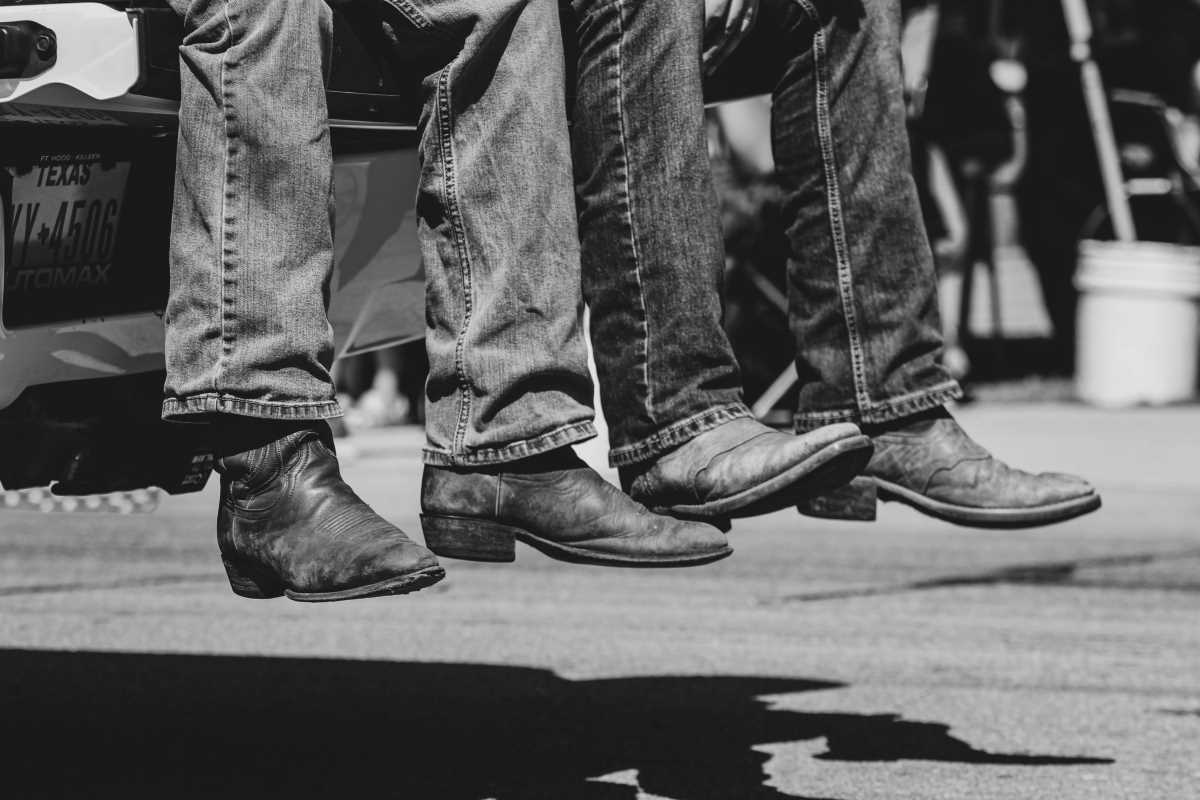
.jpg)
